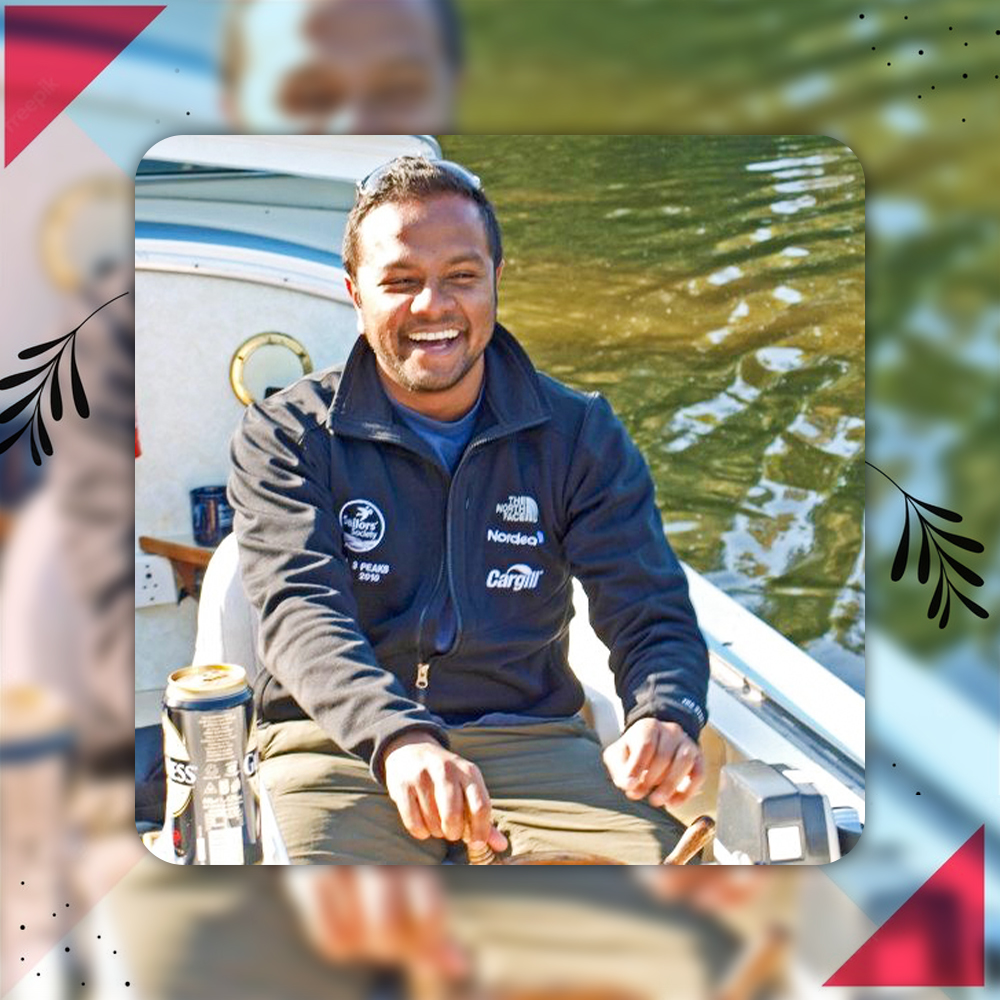
In pursuing sustainable energy solutions, offshore wind power has emerged as a beacon of hope, providing a vast and untapped resource for clean electricity generation. As concerns about climate change intensify, the need for renewable energy sources becomes increasingly urgent. This blog aims to guide you through venturing into the promising realm of offshore wind energy, offering insights on how to get started and navigate the challenges of harnessing the wind’s power at sea.
Understanding Offshore Renewable Energy
Before delving into the practical aspects, it’s crucial to grasp the fundamentals of offshore wind energy. Unlike onshore wind farms, offshore wind projects involve erecting turbines in bodies of water, typically oceans. The appeal of offshore wind lies in its potential for higher wind speeds and more outstanding energy production. Additionally, offshore wind farms often face less opposition from local communities and benefit from larger available areas.
Identifying Suitable Locations
The first step in your offshore wind journey is pinpointing suitable locations for your project. This involves considering factors such as wind speed, water depth, and proximity to existing electrical infrastructure. In-depth wind resource assessments are essential to determine the feasibility of a location. Advanced technologies like LIDAR (Light Detection and Ranging) can be employed to collect accurate wind data, aiding in selecting optimal sites for your offshore wind farm.
Navigating Regulatory Challenges
The regulatory landscape for offshore wind projects can be complex and varies from one region to another. Familiarizing yourself with local regulations and permitting processes is crucial to ensure compliance and smooth project development. Engaging with regulatory authorities early in the planning stages can help streamline the approval process and address any concerns promptly.
Securing Financing
Offshore wind projects often require substantial upfront capital, making financing a critical aspect of your venture. Explore public and private funding options, such as government grants, subsidies, and investor partnerships. Building a solid business case backed by comprehensive feasibility studies and risk assessments will enhance your chances of attracting financial support. Collaborating with financial institutions experienced in renewable energy projects can provide valuable insights and resources.
Technology Selection and Project Design
Choosing the right technology and designing an efficient offshore wind farm is pivotal to success. Evaluate the latest advancements in turbine technology, foundation types, and grid connection methods. Seabed conditions, water depth, and environmental impact assessments should inform your decisions. Collaborating with experienced engineering firms and consultants can aid in creating a robust project design that maximizes energy production while minimizing environmental impact.
Mitigating Environmental Impact
While offshore wind energy is a clean and sustainable option, mitigating potential environmental impacts is crucial. Conduct thorough ecological impact assessments (EIAs) to identify and address any possible risks to marine ecosystems, wildlife, and local communities. Employing innovative technologies, such as noise-reducing turbine designs and marine monitoring systems, can help minimize the ecological footprint of your offshore wind project.
Construction and Installation
The construction phase can commence once all regulatory approvals are secured, and financing is in place. This involves the fabrication of turbine components, transportation to the installation site, and assembly of the wind turbines. Offshore installations are logistically challenging, requiring specialized vessels and equipment. Collaborating with experienced contractors and project management teams is crucial to ensure the safe and efficient execution of the construction phase.
Operation and Maintenance
After successfully erecting the turbines, the focus shifts to the long-term operation and maintenance of the offshore wind farm. Regular inspections, monitoring, and maintenance activities are essential to ensure the continued reliability and performance of the turbines. Implementing predictive maintenance technologies, such as sensors and data analytics, can help identify and address potential issues before they escalate, maximizing the lifespan of the equipment.
Embarking on an offshore wind energy project is a complex yet rewarding journey. By understanding the intricacies of site selection, navigating regulatory challenges, securing financing, and implementing advanced technologies, you can contribute to the global shift toward sustainable and renewable energy sources. Offshore wind not only holds the promise of clean electricity but also presents an opportunity for innovation and economic growth. As the winds of change continue to blow, harnessing the power of offshore wind is a significant step towards a greener and more sustainable future.